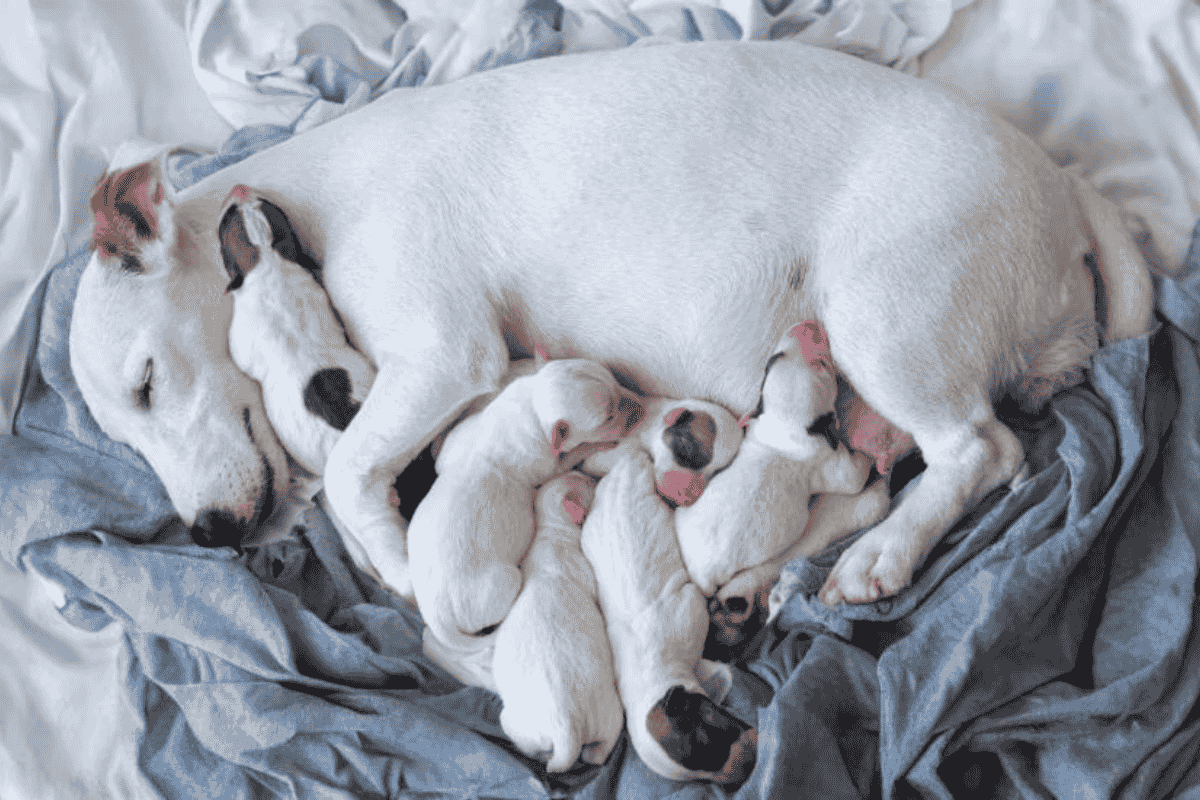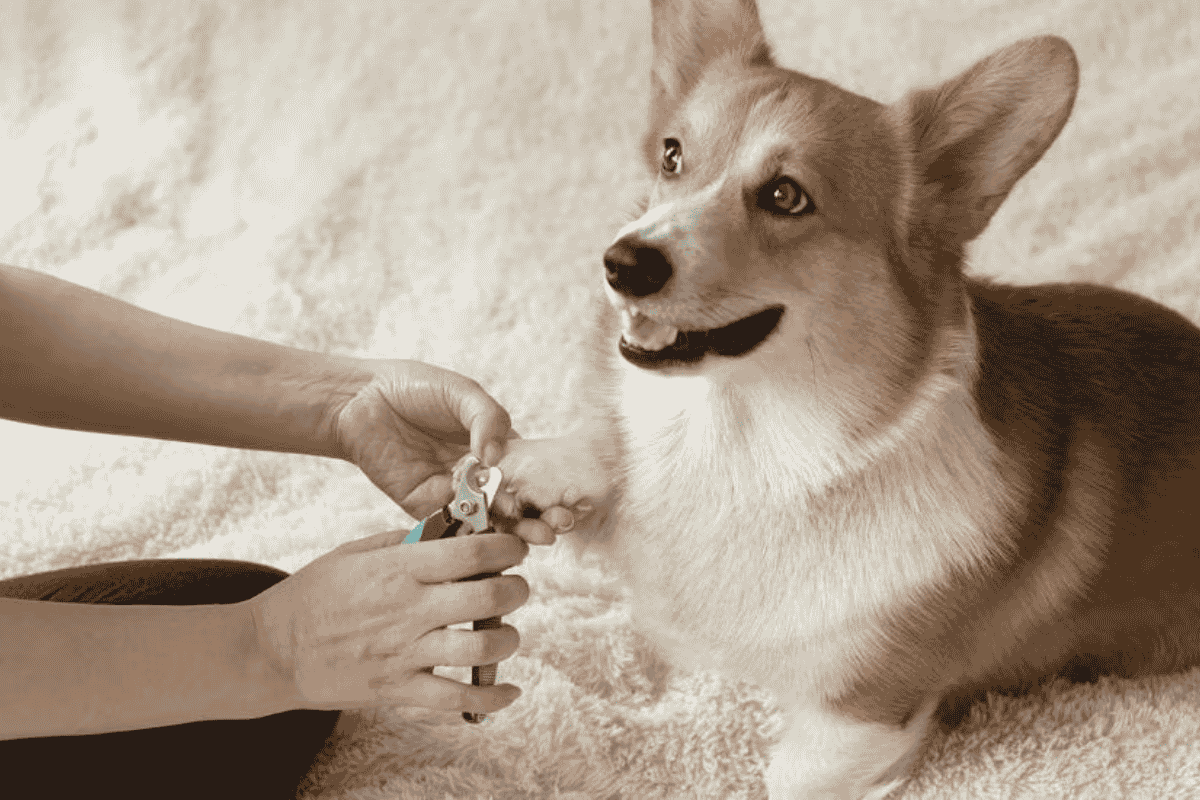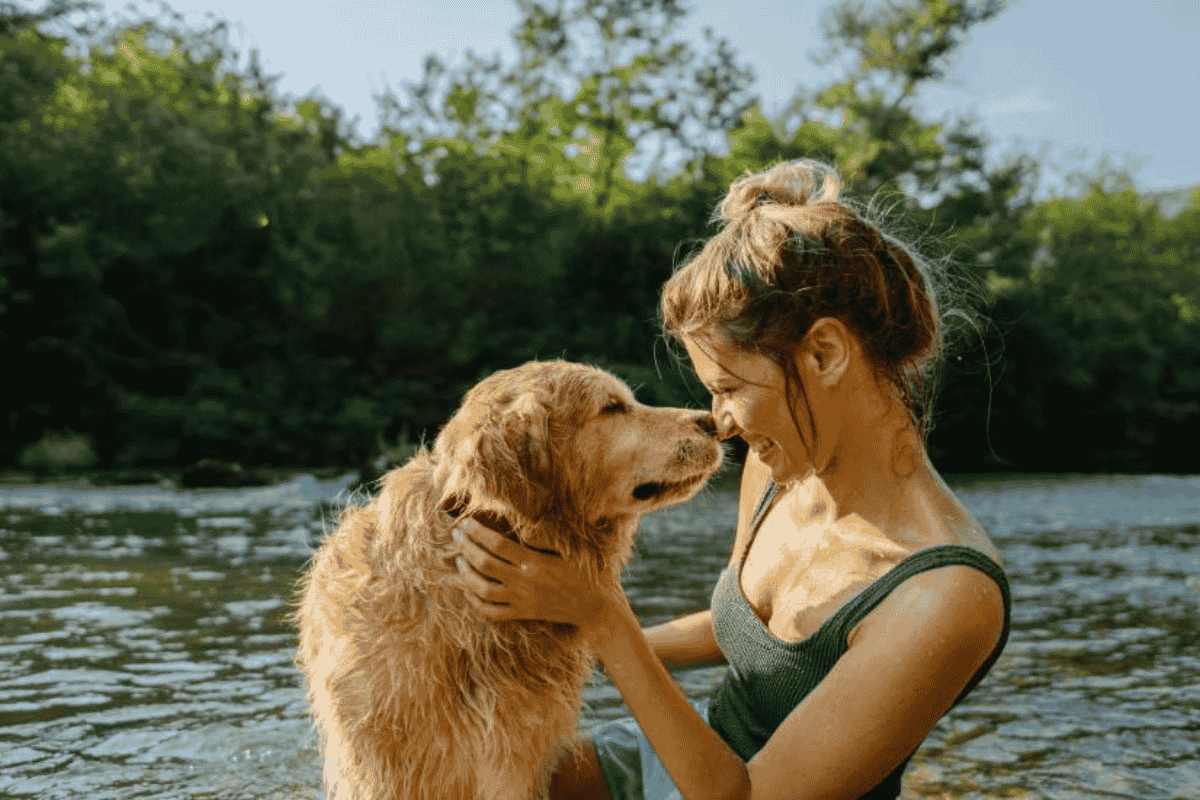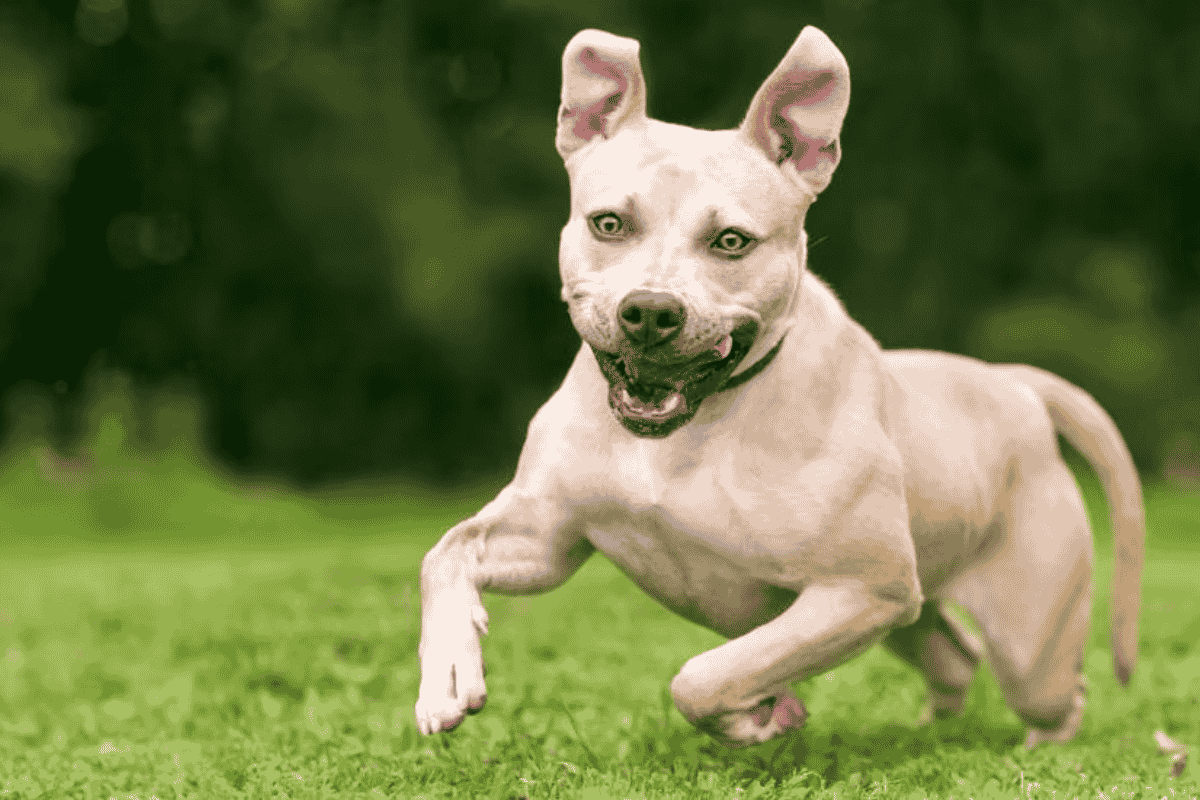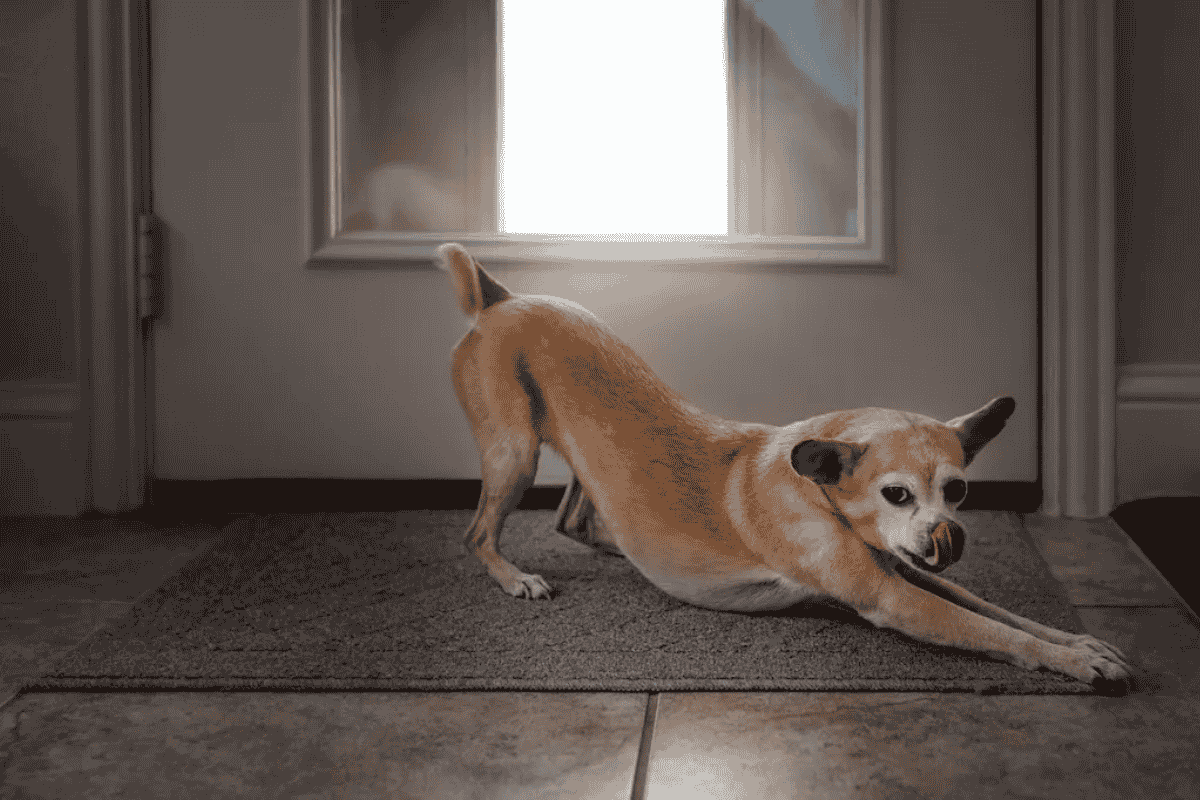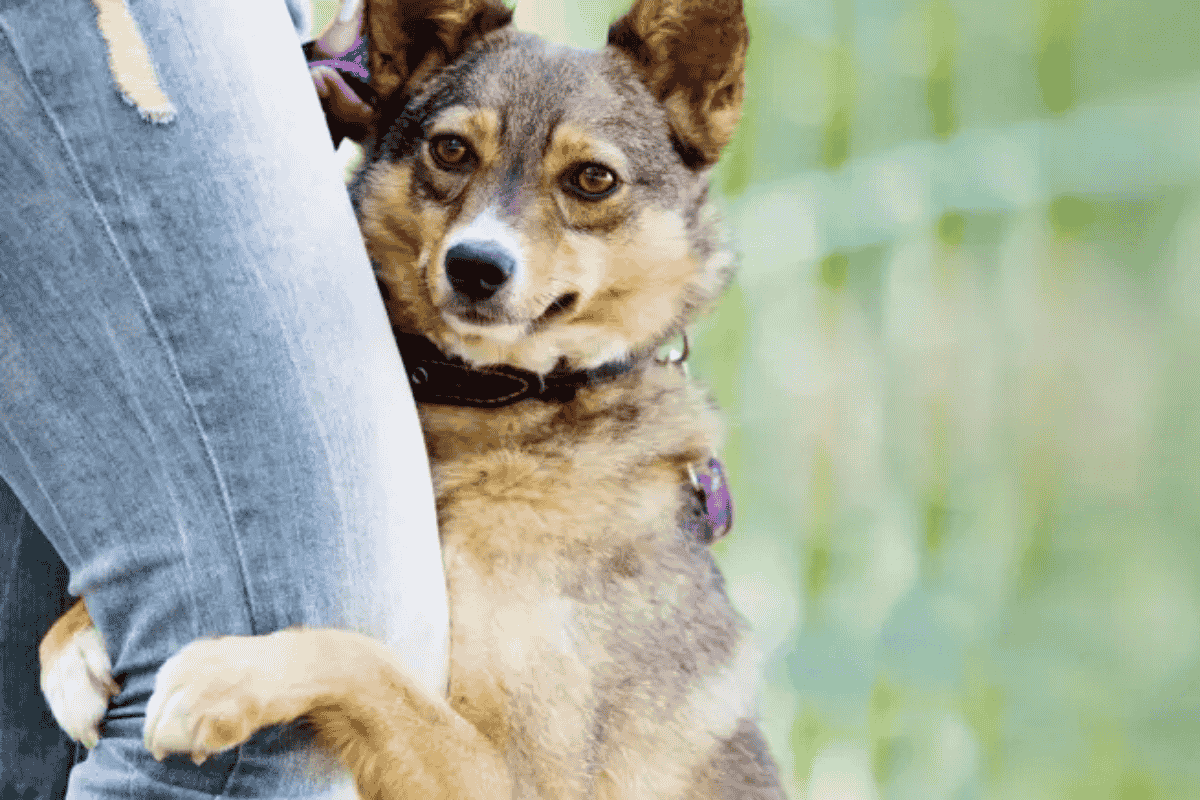House training is one of the first and most important steps when you bring home a new puppy. The process requires patience, consistency, and positive reinforcement. Punishment doesn’t work—instead, repetition and rewards will set your pup up for success.
Developing a Potty Training Schedule
Start by creating a consistent routine. Take your puppy outside at set times during the day and use a cue word like “potty” or “bathroom” so they begin to associate it with elimination. Consistency helps your puppy anticipate what’s expected and reduces accidents indoors.
Tips for Potty Training Puppies
Take Puppies Out Frequently
Puppies under 8 weeks old need to go outside every 1–2 hours. They have limited bladder control, so frequent breaks are essential. Expect accidents—it’s a normal part of the process.
Stick to a Feeding Schedule
Feed your puppy three meals a day at the same times each day. Puppies usually need to go shortly after eating, so a predictable feeding routine helps avoid surprises.
Use Puppy Pads
Puppy pads are helpful while your dog is learning bladder control. Place them in visible spots—ideally near a door—so your puppy learns where to go. Pads protect floors and make cleanup easier.
Advanced pad options include:
- Health Tracker Pads: Change color with urine pH to signal potential health issues.
- Create-A-Size Pads: Modular coverage for unique spaces.
- Overnight Pads: Designed for longer coverage during nighttime.
Pads can also be useful later in life if your dog develops urinary issues.
Try Crate Training
Crates give your puppy a safe, cozy space while helping prevent accidents. Dogs naturally avoid eliminating where they sleep or eat. Use the crate for naps, bedtime, and when your puppy can’t be supervised. Choose the correct size crate, especially for fast-growing breeds.
Always Use Positive Reinforcement
Reward your puppy immediately after they eliminate outdoors with treats, praise, or play. This helps them associate potty breaks outside with good experiences.
Learn the Signs Your Puppy Needs to Go
Watch for pacing, whining, sniffing, or circling—these may signal it’s time for a potty break. Constant supervision makes training easier and prevents accidents.
Use a Leash for Potty Breaks
Leashing your puppy during outdoor potty time keeps them focused and builds leash comfort. Afterward, play outside for a few minutes to prevent them from associating potty breaks with the end of fun.
How Long Does It Take to Potty Train a Puppy?
Every puppy is different, but most are nearly house trained within a few months with consistency.
- By 4–6 months old, most puppies can fully control their bladder.
- Dog pads remain useful during the training phase and for extra coverage indoors.
Puppy Potty Training FAQs
How long can puppies hold their pee?
By 4–6 months, most puppies have full bladder control. Even then, they should be taken outside several times daily.
What is the fastest way to potty train a puppy?
Consistency is key: a set schedule, supervision, frequent outdoor trips, and positive reinforcement help speed up training.
Can you potty train a puppy in 7 days?
Some puppies may pick it up quickly, but most need more time. With patience, a structured routine, and positive reinforcement, your puppy will learn at their own pace.

